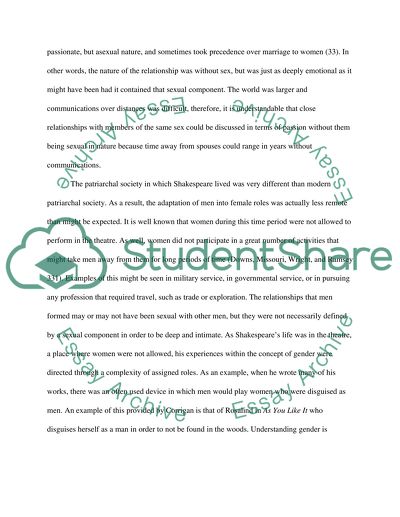Cite this document
(“Shakespeare's 'Master Mistress' and the Dilemma of His Sexuality Essay”, n.d.)
Retrieved from https://studentshare.org/literature/1447354-shakespeare-s-master-mistress-and-the-dilemma-of
Retrieved from https://studentshare.org/literature/1447354-shakespeare-s-master-mistress-and-the-dilemma-of
(Shakespeare's 'Master Mistress' And the Dilemma of His Sexuality Essay)
https://studentshare.org/literature/1447354-shakespeare-s-master-mistress-and-the-dilemma-of.
https://studentshare.org/literature/1447354-shakespeare-s-master-mistress-and-the-dilemma-of.
“Shakespeare's 'Master Mistress' And the Dilemma of His Sexuality Essay”, n.d. https://studentshare.org/literature/1447354-shakespeare-s-master-mistress-and-the-dilemma-of.


